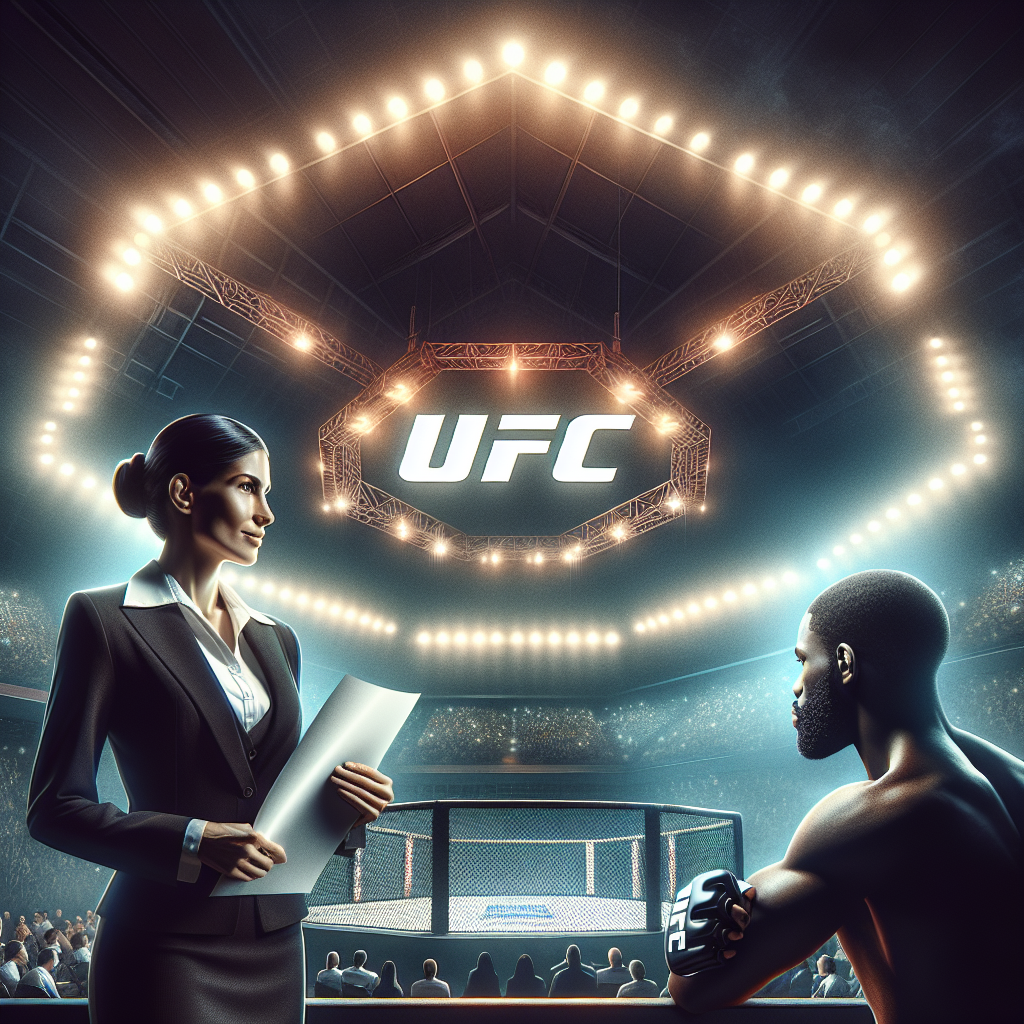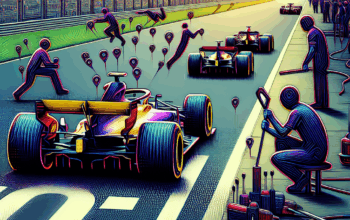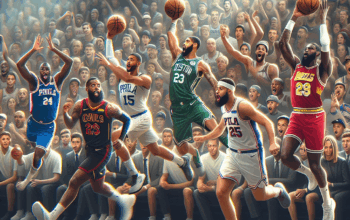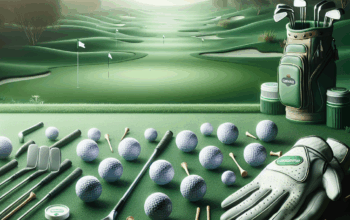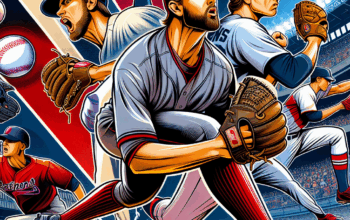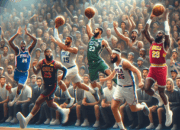Introduction
As the world of Mixed Martial Arts (MMA) continues to evolve, the UFC remains at the forefront by constantly adapting to the dynamic landscape of fighter trades and contract negotiations. Fans and analysts alike are always “Circling Back to UFC: Fighter Trades and Contract Talks,” intrigued by how these moves can reshape rosters and affect title shots. In 2025, the momentum of previous trades and roster adjustments is still influencing the promotion’s competitive landscape. Understanding these elements is crucial for anyone looking to gain insight into the business side of the UFC, from its intricate contracts to athlete performance metrics.
The Dynamics of UFC Fighter Trades
Fighter trades in the UFC have generally been a rare occurrence, primarily due to contractual obligations and the competitive nature of the sport. However, recent years have shown that the landscape is transitionary, with the organization exploring various avenues to enhance competitive balance. By 2025, we saw notable trades, driven primarily by the changing priorities of fighters and their managers. The desire for title shots, improved fight records, and brand building pushed some fighters to seek new environments that could bolster their career trajectories.
Moreover, the pandemic has drastically slowed down certain UFC events over the previous years, causing fighters to feel stagnant in their respective divisions. Teams are becoming more open to negotiating trades that would allow fighters to compete at different weight classes or against varied opponents. The UFC’s willingness to consider trades as part of its contract talks reflects a broader shift in its approach to talent management, focused on unlocking potential and maximizing the value of fighters’ careers.
The Landscape of UFC Contracts
Understanding fighter contracts in the UFC can be a daunting task due to the complexity and varied structures involved. By 2025, fighters’ contracts range widely, reflecting experience, marketability, and performance metrics. Long-term multi-fight deals have become common for up-and-coming prospects, often accompanied by sponsorship bonuses and win incentives. For established fighters or champions, the negotiation often centers on higher base salaries, pay-per-view shares, and potential bonuses for fight-of-the-night or performance awards.
Contract talks are no longer just limited to monetary discussions; they now involve clauses that allow fighters to showcase their brands, pursue opportunities beyond the octagon, and participate in charity events. As fighter power has grown, the UFC has had to adapt by offering contracts that appeal to a broader set of fighter interests, allowing for a more personalized approach to each athlete’s career progression and life outside the sport.
The Role of Management in Fighter Decisions
The role of a fighter’s management team in contract negotiations and trades cannot be overstated. As of 2025, the landscape is filled with agents and managers who leverage analytics, market trends, and fighter branding as they broker deals. Managers work closely with their fighters to evaluate career trajectories, financial remuneration, and opportunities that best align with their long-term goals. Their influence often determines the success of trade negotiations, as they navigate the intricate details of contracts while advocating fiercely for their clients.
Moreover, partnerships between fighters and management teams extend beyond merely financial incentives. Managers play a pivotal role in positioning fighters for potential trades by understanding not only the immediate contractual concerns but also the macro-trends within MMA. This foresight enables them to propose moves to organizations that can assure overall career longevity and success, thus establishing their fighters as not just experts in combat but also savvy businessmen and women in the grappling arena.
Impact of Title Fights on Contracts and Trades
Championship fights often serve as pivotal moments for athletes in the UFC, significantly influencing contract negotiations and future trades. In 2025, securing a title shot holds considerable weight in a fighter’s contract value. Fighters who ascend to championship status typically see their contracts re-negotiated to include higher pay structures, performance bonuses, and more favorable terms. Additionally, their ability to draw pay-per-view buys lends itself to lucrative rematch clauses in future contracts.
The aftermath of championship fights is also defined by the shifts created within the roster. Losses can prompt fighters to seek trades or re-negotiate terms, especially if they feel their trajectory toward future title shots is compromised. As athletes assess their standing within their respective divisions, effective roster movements can catalyze a fighter’s resurgence, creating a ripple effect that reshapes championship landscapes and establishes new narratives for the UFC at-large.
Analyzing Recent Trades and Their Impact
In recent years, the UFC has seen high-profile trades that have not only changed the fighters’ landscape but also impacted promotional strategies. Trades involving big names in 2025 have sparked considerable discussion among fans and analysts. For instance, the exchange of fighters between weight categories has become more common as organizations explore creating more balanced divisions. These strategic moves aim to mitigate the dominance of certain fighters and offer fresh competition, a priority for the UFC in staying relevant and exciting to its fan base.
Moreover, the effects of trades can be far-reaching, influencing not just personal fighter paths but also entire divisions within the organization. When a major athlete changes teams or organizations, it sends seismic waves throughout the sport. In a tactical business sense, these high-profile moves often catalyze increased engagement on social media, ticket sales, and viewership, aligning with the UFC’s goals of maximizing commercial success. Trade discussions, therefore, represent significant opportunities for brand growth and development, reinforcing the symbiosis between athlete performance and organizational strategy.
Conclusion
As we navigate through 2025, the intricate web of trades, contracts, and management dynamics within the UFC reveals a continuously evolving sport. Fighters are no longer mere athletes; they are brands, marketable assets, and key players in a global entertainment landscape. The importance of effective management, intelligent contract negotiations, and strategic trades cannot be underestimated as they define the careers of individual fighters while simultaneously enhancing the overall strength and intrigue of the UFC.
Understanding the processes of “Circling Back to UFC: Fighter Trades and Contract Talks” is essential for fans, new prospects, and even seasoned analysts looking to deepen their perspective on this thrilling domain of sports.
FAQs
What are the key factors in UFC fighter trades?
Key factors include current performance, fighter marketability, weight class suitability, and contractual obligations. Additionally, management plays a crucial role in facilitating trades to ensure mutual benefit.
How do contracts in the UFC differ from other organizations?
UFC contracts typically involve a combination of base pay, fight bonuses, and sponsorship agreements, often tailored specifically to the athlete’s experience and marketability. This contrasts with other organizations that may offer simpler pay structures.
What impact do championship fights have on UFC contracts?
Championship fights significantly enhance a fighter’s market value, often leading to contract renegotiations that include higher salaries and better overall terms, particularly for rematch clauses and pay-per-view participation.
